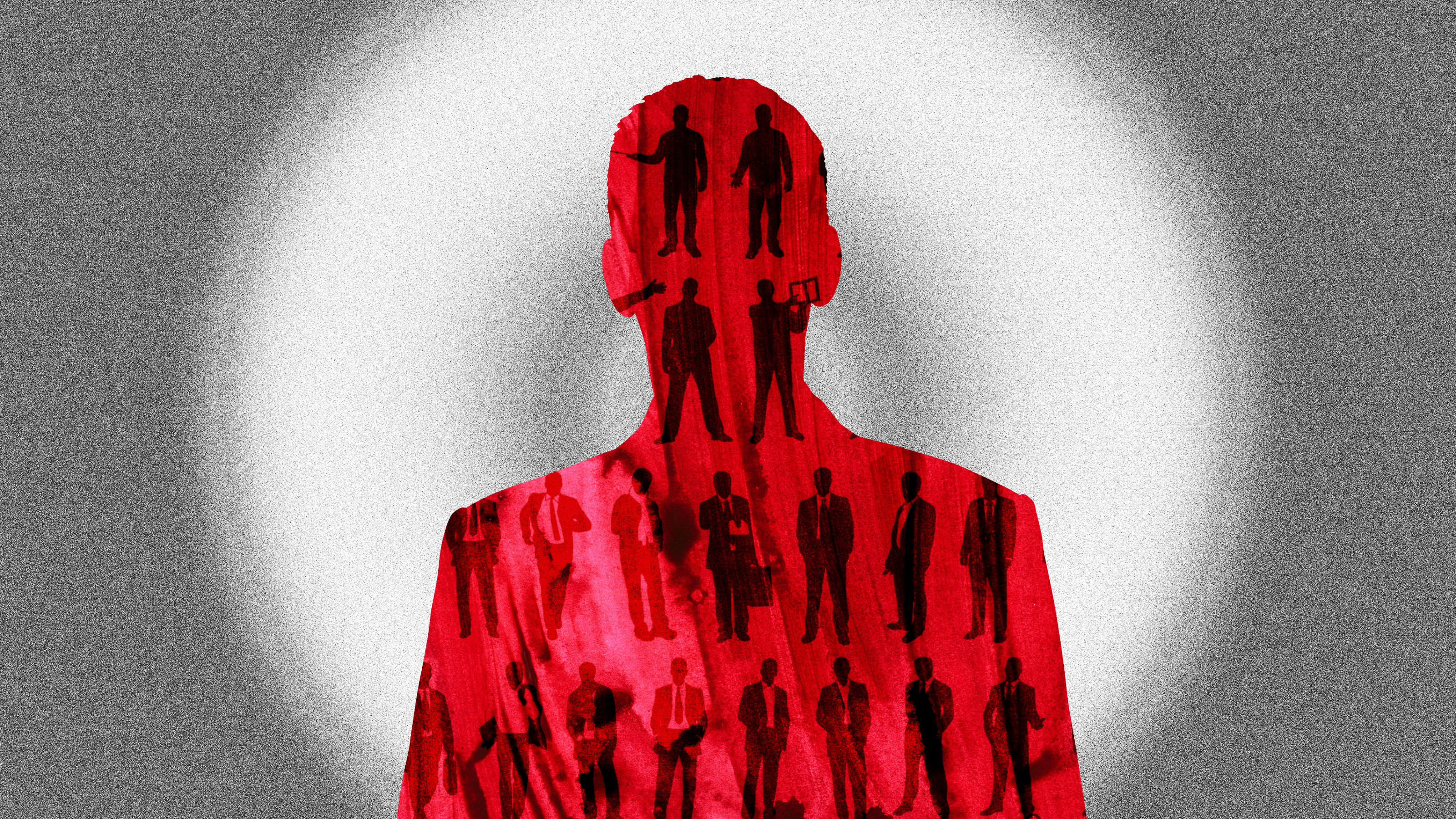Psychopaths aren’t the same all over the world, large study finds

Aside from Hannibal the Cannibal, what’s the first thing that comes to mind when you hear that someone is a “psychopath”?
A study was recently conducted wherein records regarding 5,500 psychopaths in the United States and around 2,000 in the Netherlands were looked at and divided into qualifications of what their primary symptoms were.
What researchers found after using the Psychopathy Checklist-Revised (PCL-RA-Hare, 2003) is rather fascinating: In the United States, the psychopaths studied showed predominately callousness and a lack of empathy, whereas the Dutch patients scored much higher in irresponsibility and a “parasitic lifestyle” than the U.S. patients.
An article published in Journal of Abnormal Psychology refers to the use of network analysis to complete the study.

What’s it mean?
It could very well be that cultural differences are what separates the patients; the samples were fairly large, in total almost 7,500 cases.
Twenty questions make up the revised psychopathy checklist, and these questions touch on four broad areas of psychopathy, assessing a patient’s:
1) Affective characteristics (lack of empathy, callousness, shallow emotional experiences, and fearlessness)
2) Interpersonal problems (being detached, manipulating others, pathological lying)
3) Lifestyle issues (being irresponsible, demonstrating poor behavioral control)
4) Antisocial behavior (including behavioral problems in childhood, and criminal behavior both in childhood and adulthood)
The study also showed that “shallow emotional experiences” were not nearly as central to the Dutch patients as those in the United States.
As further studies are completed, it may become clearer exactly why there are differences by culture and geography.
“The findings raise the important possibility of cross-cultural differences in the phenotypic structure psychopathy, PCL-R measurement variance, or both,” the authors of the study wrote.




